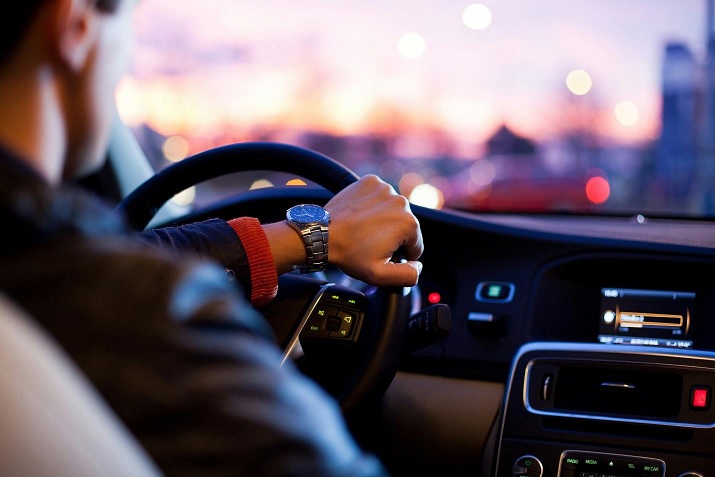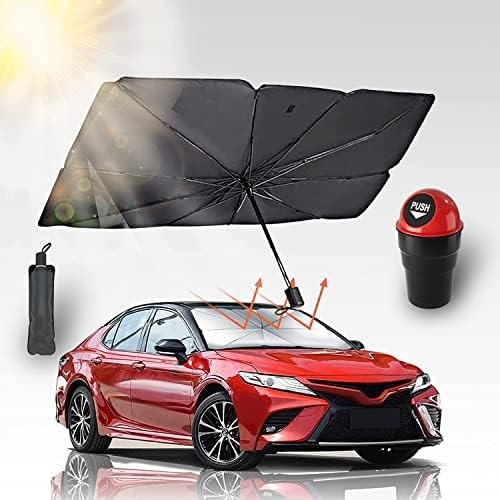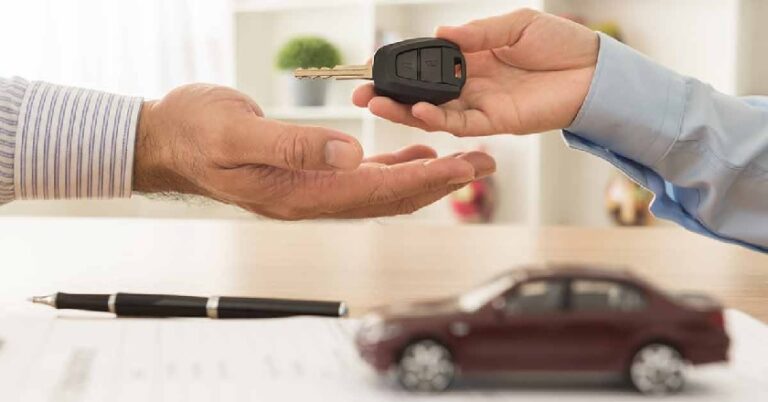
Ensuring the safety of your car is not just about regular maintenance; it’s about taking proactive steps to protect yourself, your passengers, and others on the road. Modern vehicles come equipped with advanced safety features, but these alone aren’t enough to ensure complete safety. It’s essential to combine these technologies with good driving habits and regular vehicle care. Here are safety measures every car owner should take to enhance road safety and maintain your vehicle’s optimal performance.
1. Check Tire Pressure and Tread
Regularly checking tire pressure and tread can help prevent accidents. Under-inflated or over-inflated tires can cause poor handling and increased wear, leading to dangerous situations on the road. Regularly check your tire pressure, aiming to do so at least once a month and before any long journeys.
Tread depth is just as important. Worn tires can’t grip the road effectively, especially in wet conditions, increasing the risk of hydroplaning. To ensure your tires are safe and effective, regularly check the tread depth using a tread depth gauge or a simple penny test.
2. Keep Up with Routine Maintenance
Routine maintenance, including oil changes and brake inspections, is crucial for your car’s safety and performance. Following your car’s maintenance schedule, typically outlined in the owner’s manual, can prevent breakdowns and costly repairs. Regular oil changes keep your engine running smoothly, while brake inspections ensure that your braking system is reliable.
Check other vital fluids, such as coolant, transmission fluid, and brake fluid, regularly. Don’t forget to replace your air filters, as clean filters improve engine efficiency and cabin air quality. A well-maintained car is safer and more reliable, reducing the likelihood of unexpected issues on the road.
3. Handling Airbag Deployment
Airbags are life-savers in accidents, but do you know what happens after airbags deploy? Once deployed, airbags can cause injuries if not handled properly post-deployment. The force of the airbag deployment can cause bruising or more severe injuries, especially if you are too close to the airbag when it goes off. It’s essential to seek medical attention immediately after an accident, even if you feel fine initially, as some injuries may not be immediately apparent.
After airbag deployment, your car will need a thorough inspection by a professional mechanic. The airbag system will need to be reset or replaced, and other parts of the vehicle may have sustained damage that isn’t immediately visible. Always have your car inspected by a professional after an airbag deployment to ensure it’s safe to drive.
4. Install and Use Seat Belts Properly
Seat belts are your first line of defense in an accident. Ensure that everyone in the car uses seat belts correctly. Seat belts should be worn low across the hips and snug across the shoulder and chest. They should never be placed under the arm or behind the back, as this can cause serious injuries in an accident.
5. Use Child Safety Seats
If you have children, using the right child safety seats is critical. Car seats and booster seats are designed to protect young passengers in the event of a crash. Follow the manufacturer’s guidelines for installation and age/weight recommendations. It’s important to use the correct type of seat for your child’s age, height, and weight.
Regularly check for recalls and updates on your child safety seat. Manufacturers occasionally release new information or improvements that could enhance the safety of their products. Make sure the seat is installed correctly and securely, and always buckle your child in according to the seat’s instructions.
6. Avoid Distracted Driving
Distracted driving is one of the leading causes of accidents. Common distractions include using your phone, eating, adjusting the radio, or even talking to passengers. Any activity that takes your focus off the road increases your risk of an accident.
To avoid distracted driving, set up your GPS, music, and climate controls before you start driving. If you need to make a call or send a text, pull over to a safe location first. Encourage passengers to help with navigation or other tasks so you can keep your eyes and attention on the road. Staying focused while driving is crucial for your safety and the safety of others.
7. Never Drive Under the Influence
Driving while under the influence of alcohol or drugs is both illegal and highly dangerous. These substances impair your ability to make quick decisions, respond to changing road conditions, and maintain control of your vehicle. Even small amounts of alcohol can significantly affect your driving ability.
If you plan to drink, always arrange for a designated driver or use a rideshare service. Many communities also offer sober ride programs during holidays and events. Remember, driving under the influence not only endangers your life but also the lives of others on the road.
8. Keep Emergency Supplies in Your Car
Having an emergency kit in your car can be a lifesaver in unexpected situations. Include items like a first aid kit, flashlight, water, blankets, and basic tools such as a screwdriver, pliers, and a wrench. Jumper cables, a tire pressure gauge, and a spare tire with a jack are also essential.
9. Use Anti-theft Devices
Protecting your vehicle from theft is another crucial aspect of car ownership. Installing anti-theft devices can deter thieves and potentially lower your insurance premiums. Options include steering wheel locks, GPS tracking systems, car alarms, and immobilizers that prevent the engine from starting without the correct key or code.
Always park in well-lit, busy areas, and avoid leaving valuables in plain sight. If you have a garage, use it. Lock your car doors and roll up windows every time you park, even if it’s just for a few minutes.
10. Practice Defensive Driving
Defensive driving means being aware of other drivers and road conditions to anticipate potential hazards and react appropriately. This proactive approach to driving can help you avoid accidents and stay safe on the road.
Always keep a safe distance between your car and the vehicle in front of you, obey speed limits, and use your mirrors frequently to stay aware of your surroundings. Be cautious at intersections, and never assume other drivers will yield or stop as they should. By staying alert and prepared, you can navigate the roads more safely.
Prioritize Your Safety on the Road
Prioritizing your safety and the safety of others on the road is essential. By following these safety measures, you can significantly reduce the risk of accidents and ensure a safer driving experience for everyone. Regular maintenance, attentive driving, and proactive measures can go a long way in keeping you and your vehicle safe. Stay informed about best practices and make vehicle safety a priority to enjoy a secure and worry-free driving experience.
Read also more blog magazinesvictor.com .






